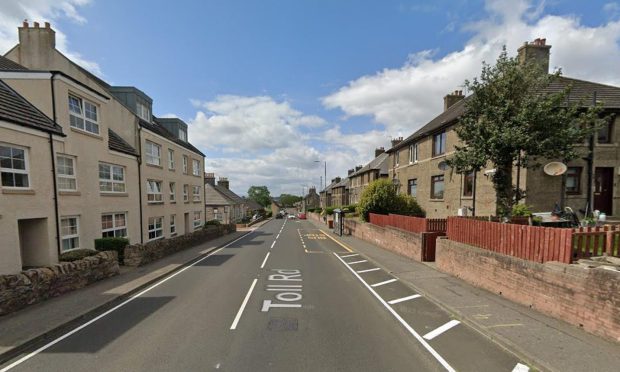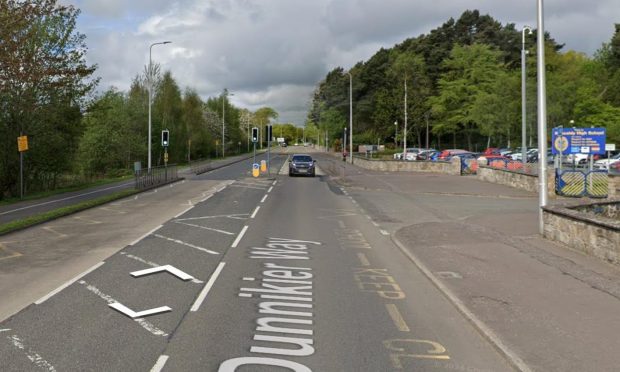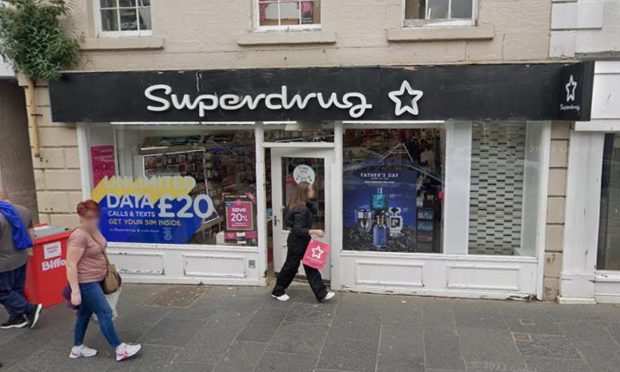People living in the poorest areas of Fife are less likely to be screened for cancer and a deadly heart condition than their counterparts elsewhere.
New figures show the uptake rates for screening programmes for bowel and cervical cancer and abdominal aortic aneurysm (AAA) are lower among the most deprived parts of the region.
For bowel cancer the uptake rate among the wealthiest people is 67%, falling to 46% in low income neighbourhoods.
Screening for AAA reached 90% of men invited in well off areas, compared to 80% of the most deprived.
For cervical cancer, the uptake rate is 79% among the wealthiest women and 66% among the poorest.
Fife Health and Social Care Partnership member Councillor Tim Brett said the disparity was contributing to health inequalities.
“The figures confirm what we already know, that families and individuals in the better off parts of Fife are more likely to take up opportunities of health screening,” he added.
“The reasons for this are likely to be many and varied ranging from ‘it won’t happen to me’ or ‘I am too busy’, to the screening process being a hassle and rather embarrassing, like bowel cancer screening.”
The feedback for screening programmes was reported for the first time to NHS Fife’s clinical governance committee.
Mr Brett said he hoped a new single sample test for bowel cancer would encourage more people to take part and said NHS Fife was looking at ways to raise uptake, particularly in more deprived areas.
“Close working with family doctors is important as family doctors and their staff are in the best position to encourage patients to participate or carry out the screening themselves,” he added.
NHS Fife public health consultant, Dr Esther Curnock, said screening provided an important opportunity to identify disease, or its potential, as early as possible, opening the door for early treatment and information.
“Specific screening is provided to groups most likely to benefit from it, such as the provision of breast screening for women or abdominal aortic aneurysm screening for older men,” she said.
“Whilst there are various reasons for not attending screening opportunities – including those who make an informed choice not to attend – NHS Fife is working to increase uptake across social groups.
“For example, all GP practices across Fife have been sent a screening toolkit, which is tailored to their local area and includes information including guidance on pop-up clinics and templates for targeted letters and text messages.
“We also use other means of communication such as social media to target specific groups and increase the uptake of screening, with the latest example being our promotion of Health Scotland’s latest campaign which aims to increase the uptake of cervical cancer screening in young women.”










